The Xiaomi Mi9 Review: Flagship Performance At a Mid-Range Price
by Andrei Frumusanu on September 13, 2019 9:00 AM EST- Posted in
- Mobile
- Smartphones
- Xiaomi
- Snapdragon 855
- Xiaomi Mi9
Display Measurement
The Mi9 comes with a 6.39” AMOLED panel sourced from Samsung, and features a 2340 x 1080 resolution.
In terms software settings, Xiaomi offers three screen modes; “Automatic contrast”, “Increased constrast” and “Standard”. Amongst the three, the standard setting is targeting the sRGB colour space, whilst the increased contrast is a non-standard gamut wider than DCI-P3 which looks to be the panel’s native gamut capabilities. Amongst the three colour spaces, Xiaomi also offers colour temperature tuning. I noticed that although the UI greys out the colour temperature settings for the Increased Contrast and Standard modes, the customized settings are actually still applied, even though they can only be adjusted when the Automatic mode is selected. For this review I stayed with the “Default” colour temperature pre-set as it was the best amongst the three pre-sets.
We move on to the display calibration and fundamental display measurements of the Mi9 screen. As always, we thank X-Rite and SpecraCal, as our measurements are performed with an X-Rite i1Pro 2 spectrophotometer, with the exception of black levels which are measured with an i1Display Pro colorimeter. Data is collected and examined using SpectraCal's CalMAN software.

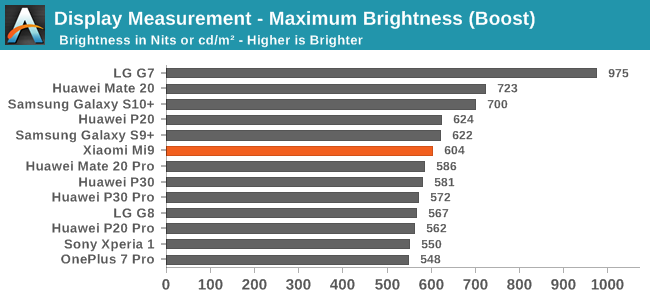
In terms of brightness, the Mi9 is on par with current generation AMOLED devices. At maximum manual brightness, the phone reaches a peak luminosity of 417nits. When in adaptive brightness and under bright environments, the phone goes into a high brightness mode and can reach up to 604 nits on a full screen white.
On the greyscale accuracy test, we’re seeing that the Mi9 is a little bit off in terms of gamma as well as colour temperature. The gamma reaches an average of 2.33 at the 200cd/m² brightness level. We’re measuring this data-point with APL50 and window size of 50%. We notice the gamma figure appears to be more accurate at the maximum brightness measurement set, but that set was performed at APL100, pointing out possible miscalibration of the gamma, something that sadly a very great number of vendors aren’t able to get right.
The colour temperature is also a bit on the warm side, with the reds dominating. This seems to get worse the brighter the panel gets, with white levels at 6463K at 200cd/m² and 6250K at 417cd/m². It’s to be noted that this is something that can be alleviated by the software colour temperature control, however the “Cool” preset is far too cool, and our measurements here are also just unique to the device we have at hand.
Overall, the redish tint might not be too noticeable, however tones will appear slightly darker than they should be due to the higher gamma.

The resulting greyscale accuracy ends up with a DeltaE2000 of 3.00, just at the limit of what should be acceptable.
The standard mode targeting sRGB has relatively accurate saturations and gamut targets. Notice that the increased gamma we measured on the greyscale test here doesn’t appear in the yellow and blue spectrum, albeit present on the mid saturation points of the red channel. Another inaccuracy also seems to be that the blue channel is off hue, causing a larger error also in the magenta colours, besides the whole redshifted gamut.

Still, with a deltaE2000 of 2.03, the results are quite ok and we’ve certainly seen worse from other devices.
I wanted to also showcase the saturations of the “Increased contrast” mode. The above graph targets the DCI-P3 gamut at gamma of 2.2 (Display P3), yet we clearly see that this mode’s gamut goes beyond the aforementioned standard. It doesn’t really adhere to any particular standard, and simply seems to be the OLED panel’s native large gamut with popping colours.
Finally, in the Gretag-Macbeth chart of commonly found tones and skin colours we see the results of the phone’s slightly too high gamma as well as the overall red-shifted colours.

Overall, the phone still managed to achieve a passable dE2000 of 2.68, which is not great, not terrible.
Overall, the Mi9’s screen is in my opinion a good screen. Contrast, brightness and viewing angles are again as usual of an OLED screen very good and the Mi9 doesn’t disappoint in this regard. In terms of colour calibration, the Mi9 did ok, we’ve certainly seen better calibrated devices out there but the Mi9 is also not outright bad. For users looking for the best accuracy I recommend the standard mode and trying to slightly adjust the colour temperature to their liking if they so happen to notice the slight red shift that appeared on our review device.


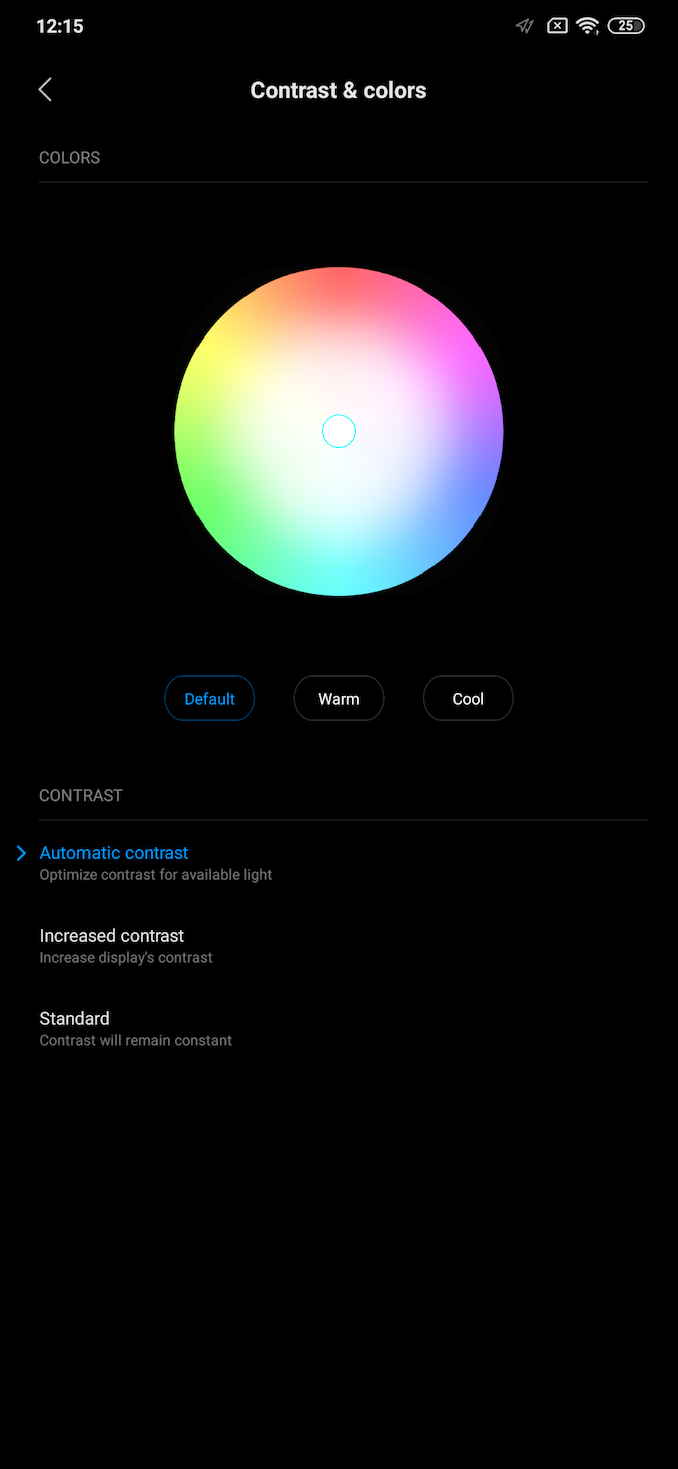
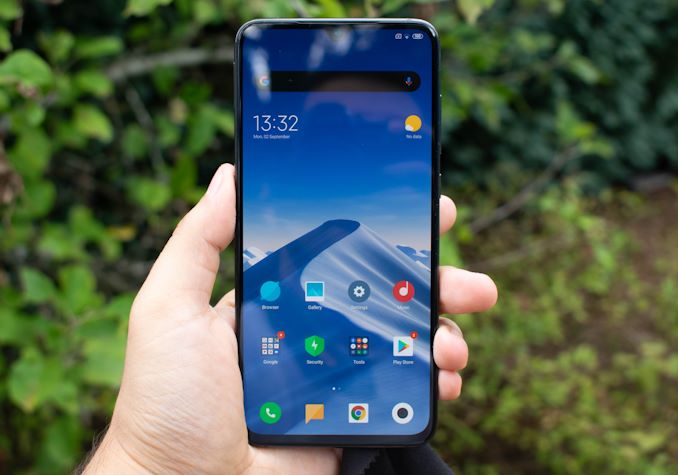


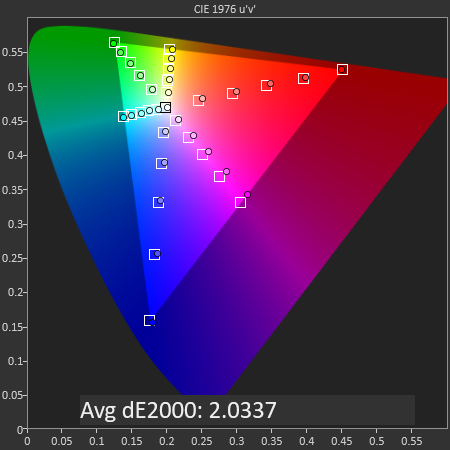
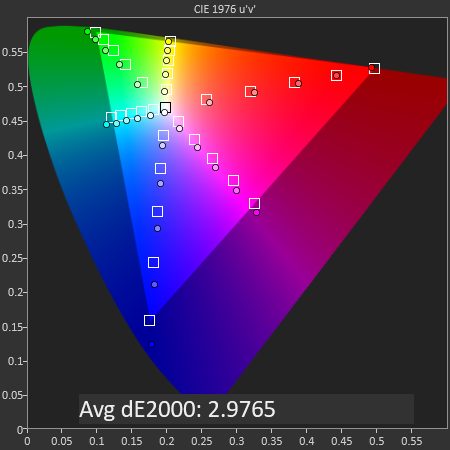
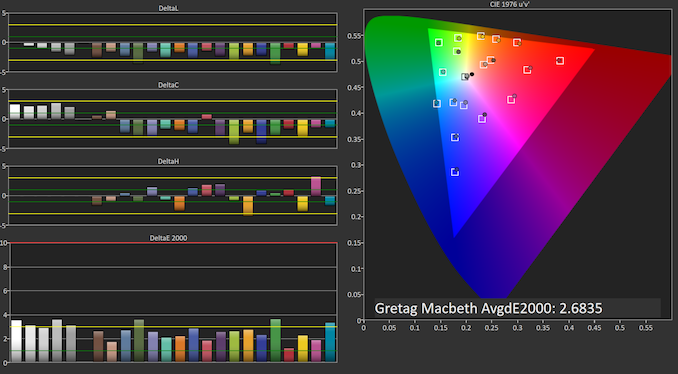








96 Comments
View All Comments
Andrei Frumusanu - Friday, September 13, 2019 - link
That article is garbage, linear one axis VCM actuation isn't anywhere near the effect of real OIS.eastcoast_pete - Friday, September 13, 2019 - link
Thanks for the response! I agree that the lack of real OIS doesn't bode well for video. I also looked at the gizchina article mentioned by Redmyth here, and it seems to be more of a single axis autofocus than a multi-axis OIS. Still, if you have a chance, would like to hear how the EIS in this phone coped, especially in 4K.Redmyth79 - Friday, September 13, 2019 - link
Well I personally own or owned Galaxy S4, S5, S6, S7, S8, S8+, S9+, Note 9, LG G2, G3, G4, V20, V30, iPhone 6plus, 8plus and now a Xiaomi Mi 9. I can tell you that none are close to the photo abilities or the stabilization of the Mi 9! That's not hype but facts as I still have most my flagships today including the Note 9 which until the Note 10 was Samsung's top Note ever and it beats it day or night in photo or video and not by just a little bit.You do realize the IMX586 in the OnePlus 7pro somehow scored a 118 in Dxomark yet the Mi 9 scored a 112 but it beats it in 9 out of 10 photo reviews online especially in real world YouTube reviews. So technically it has the ability to stay with any flagship out today in photo but it's night cam is not as good as P30 pro I can promise you and pixel does extremely well there to. But the catch is that the Mi 9 has a very good ported version of Gcam online from XDA free of charge that makes its night shot awesome. Without it it still beats anything from last year minus the Pixel 3xl and this year it beats quite a few as well. But with Gcam it does great against any period but the P30 is still in my opinion in its own league.
The Zoom on the P30 is unheard of!
As for Video, check out many reviews on line especially YouTube but again check out Dxomark's review and stabilization rating on the Mi 9. It's anything but a one axis OIS lol. Xiaomi was the one that created 4 axis!
Why would they abandon it on there flagship if something new was not better? Seriously? Think about that.
Also I have a Pixel 3XL and a iPhone Max in house that I've tested the Mi 9 against personally and it beats them both rather well.
eastcoast_pete - Saturday, September 14, 2019 - link
I actually looked at the dxomark article on the Mi 9, and they did indeed give it one of their best scores for video, especially mentioning the good video stabilization in 4K. @Andrei: could you give your review unit a quick test of its video capabilities, especially the stabilization, and let us know what's what? Thanks!Bulat Ziganshin - Friday, September 13, 2019 - link
In the first night shot Mi9 Wide and Night photos are swappedairdrifting - Friday, September 13, 2019 - link
Let me guess, this doesn't work in US? Why can't we have all the good things?NXTwoThou - Friday, September 13, 2019 - link
I'm using a Mi9 6/256 Transparent edition with AT&T in the US right now.NXTwoThou - Friday, September 13, 2019 - link
Sorry, 8/256. It's the china version and covers most of the bands. I haven't had any connectivity issues in Oklahoma, but I haven't done a lot of traveling.Redmyth79 - Friday, September 13, 2019 - link
The EU global version works perfect on AT&T or T-Mobile. I have it on both.realbabilu - Saturday, September 14, 2019 - link
Just been in the us for US open. It is gave LTE for T mobile